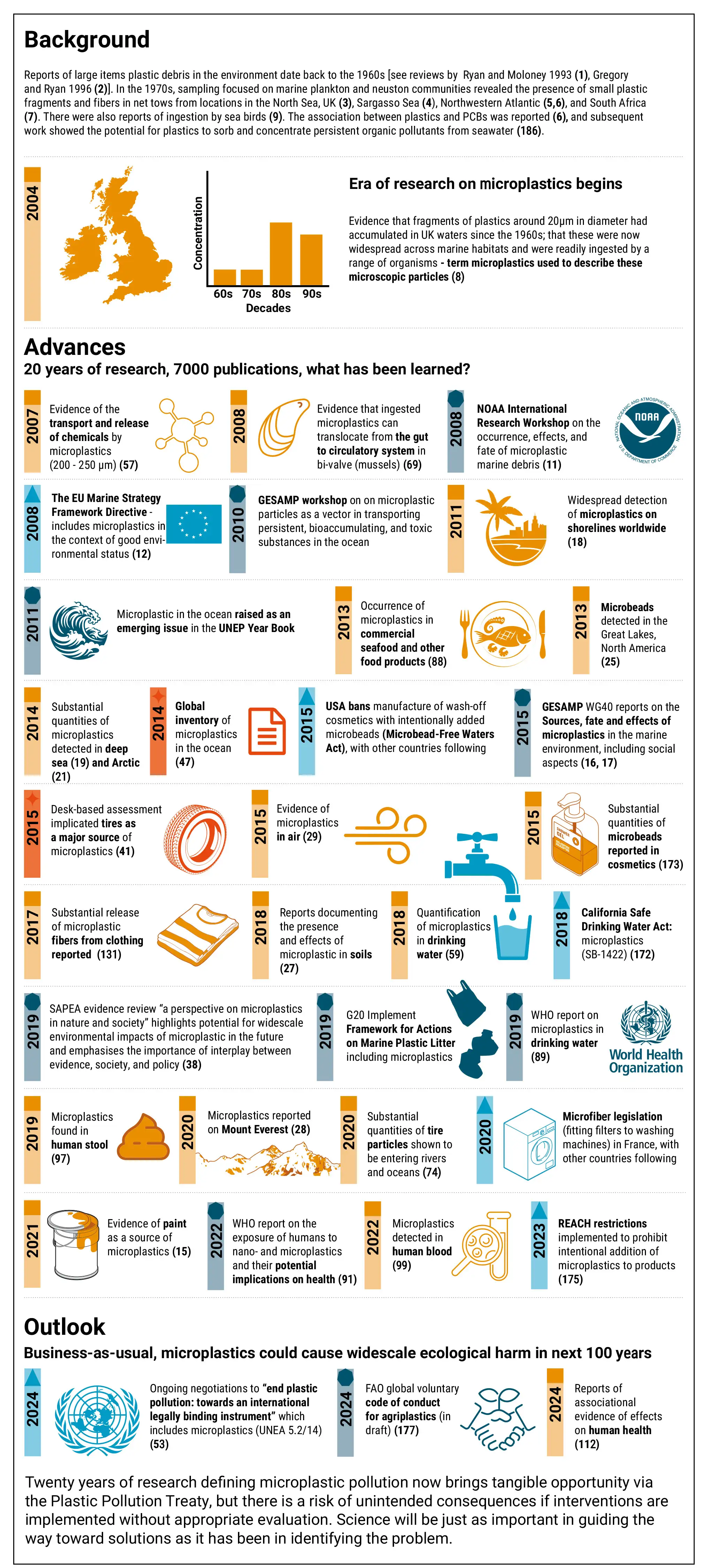1
51
9
68
10
121
14
-11
18
67
22
60
view more: next ›
science
14559 readers
1162 users here now
just science related topics. please contribute
note: clickbait sources/headlines aren't liked generally. I've posted crap sources and later deleted or edit to improve after complaints. whoops, sry
Rule 1) Be kind.
lemmy.world rules: https://mastodon.world/about
I don't screen everything, lrn2scroll
founded 1 year ago
MODERATORS

